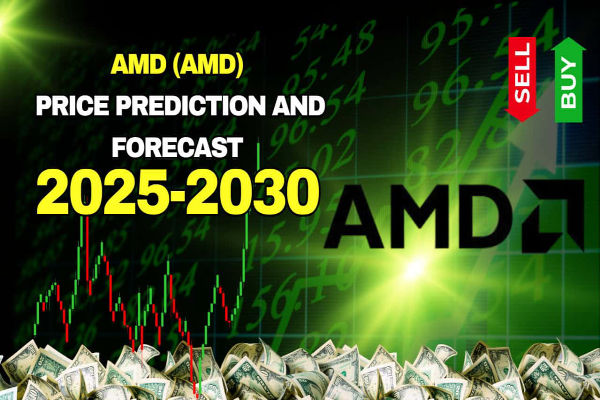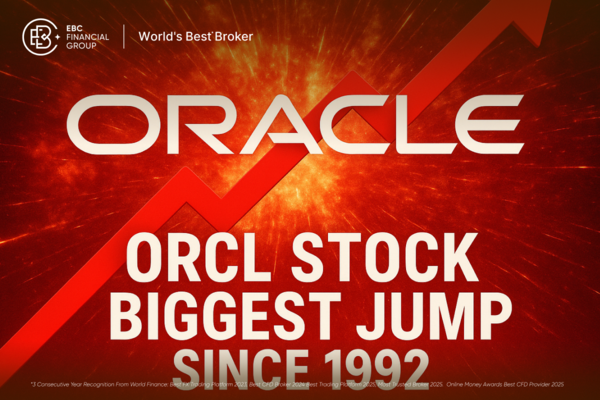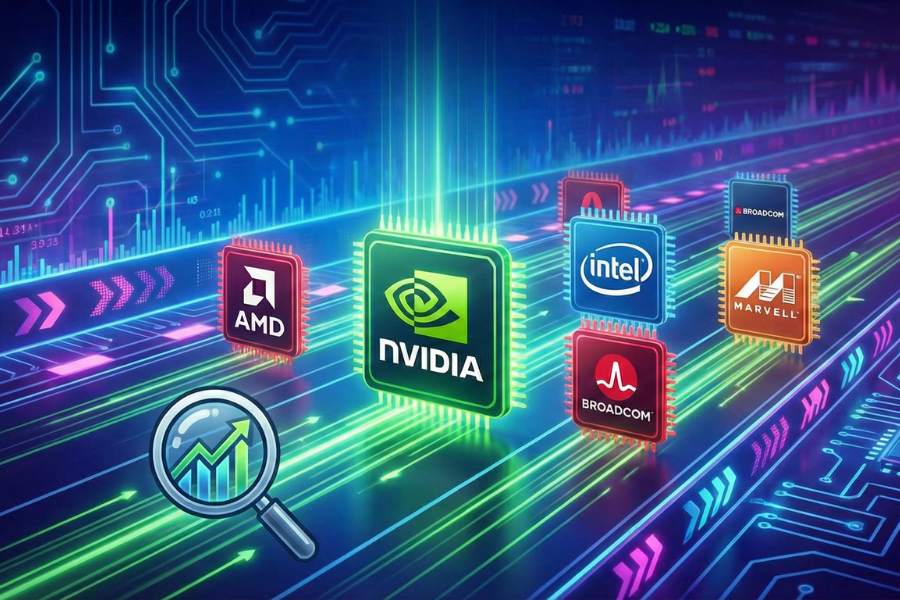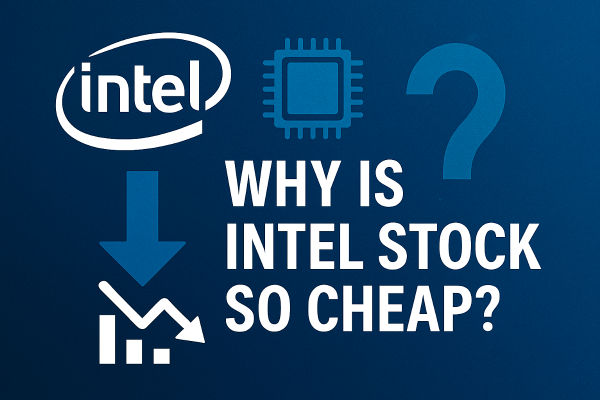Advanced Micro Devices (AMD) has been a key player in the semiconductor industry, challenging giant Nvidia with its cutting-edge processors. As AI, gaming, and data centre demand accelerate, investors are closely watching AMD's growth potential through 2025 and into 2030.
In this AMD stock forecast, we explore whether AMD can outperform Nvidia in the long term by analysing financial trends, competitive advantages, market share, and expert projections.
Can AMD's innovation pipeline and strategic partnerships push its stock beyond Nvidia's dominance? Let's explore what the next five years could hold for AMD investors.
AMD's Stock Position in 2025
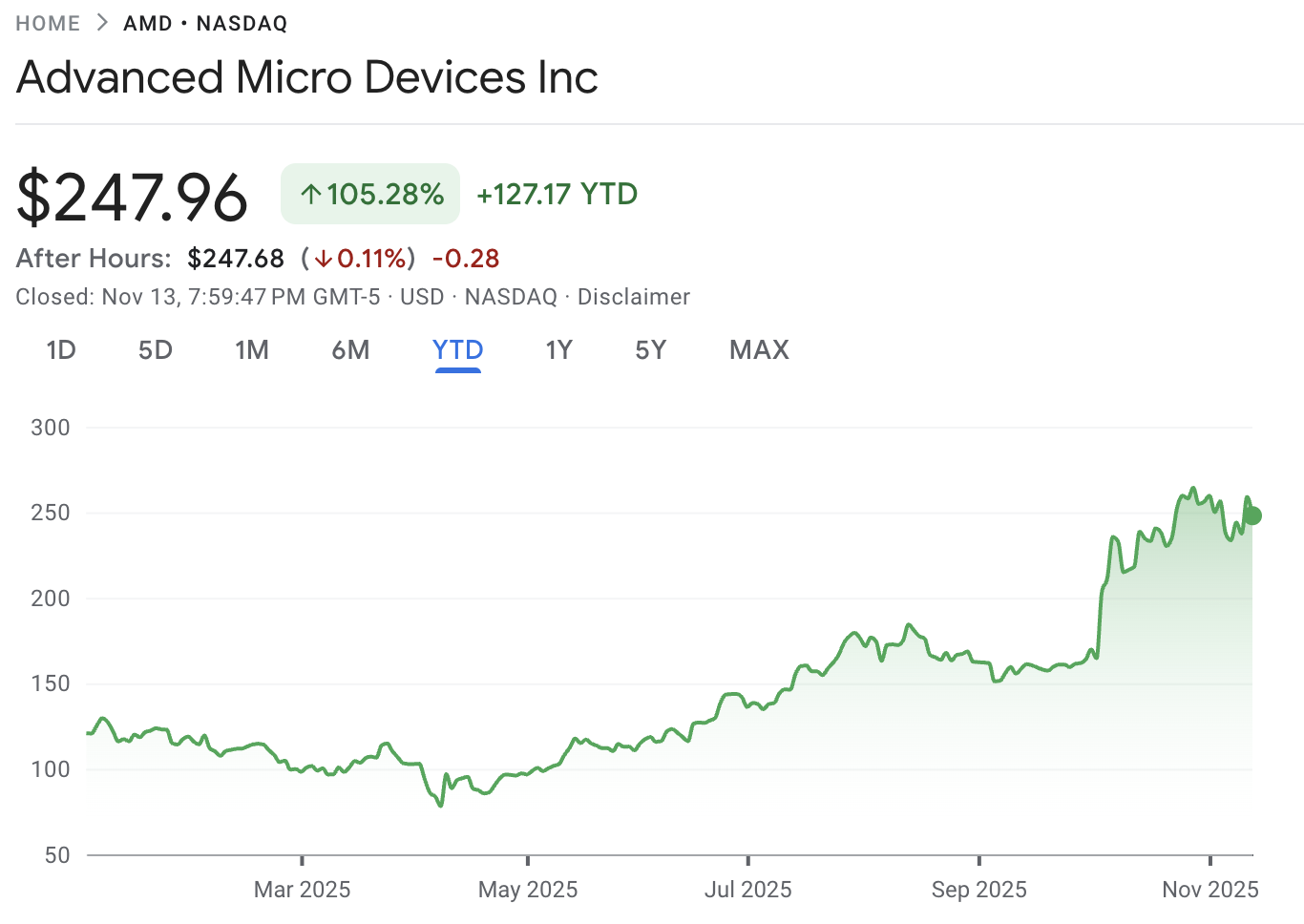
As of November 14, 2025, AMD (NASDAQ: AMD) trades at around $247.96, rallying nearly 95% from its April 2025 low, with robust momentum in its data-centre and AI-application segments.
However, AMD still trails NVIDIA in key areas, most notably platform maturity and proprietary software, a dynamic that perpetuates the spirited debate about whether AMD can surpass its rival.
NVIDIA commands roughly 80–90% of the AI data-centre GPU market, backed by its proprietary CUDA ecosystem. AMD’s estimate of data-centre AI-chip share is “double-digit” and growing, yet remains well behind.
For context, AMD is aggressively expanding its AI infrastructure portfolio and targeting double-digit GPU market share, but the ecosystem gap to NVIDIA remains a material hurdle.
Its relative undervaluation (in some analysts’ views) has drawn intense attention driven by the thought that if execution holds, the upside could be meaningful given the AI/data-centre tailwinds.
Growth Catalysts to AMD Stock
1. The AMD Instinct MI300 series already shows strong traction.
At the June 12, 2025 “Advancing AI” event, AMD unveiled the MI350 series (including MI350X and MI355X) and previewed the MI400 series (expected around 2026).
Open‑standards (such as ROCm and OCP/UUB infrastructure) contrast with NVIDIA’s more proprietary ecosystem (e.g., CUDA and NVLink).
Major customers such as Meta Platforms, Oracle Corporation, Microsoft Corporation (via Azure) and others are reported to have committed to MI‑series adoption at scale.
AMD claims the MI355X delivers ~40% more tokens per dollar than NVIDIA’s B200 GPU in inference workloads.
These developments could substantially boost AI revenues from “~$5.5 billion in 2024” for AMD to over “$7 billion in 2025”. Meanwhile, NVIDIA’s data‑centre revenues remain far larger (estimated at hundreds of billions of dollars).
2. Valuation Tailwinds
AMD trades at ~ 42.02× forward P/E versus NVIDIA’s ~29.33×, and AMD’s P/B ratio is ~ 6.93× vs. NVIDIA’s ~47.12×. With an EPS forecast of +38% in 2025 and +36% in 2026, AMD appears undervalued.
Several major financial institutions have recently increased their price targets for AMD (e.g., from $120 to $140), with long‑term analyst estimates averaging around $184, implying roughly 42% upside from current trading levels.
How Does AMD's Performance Compare to NVIDIA
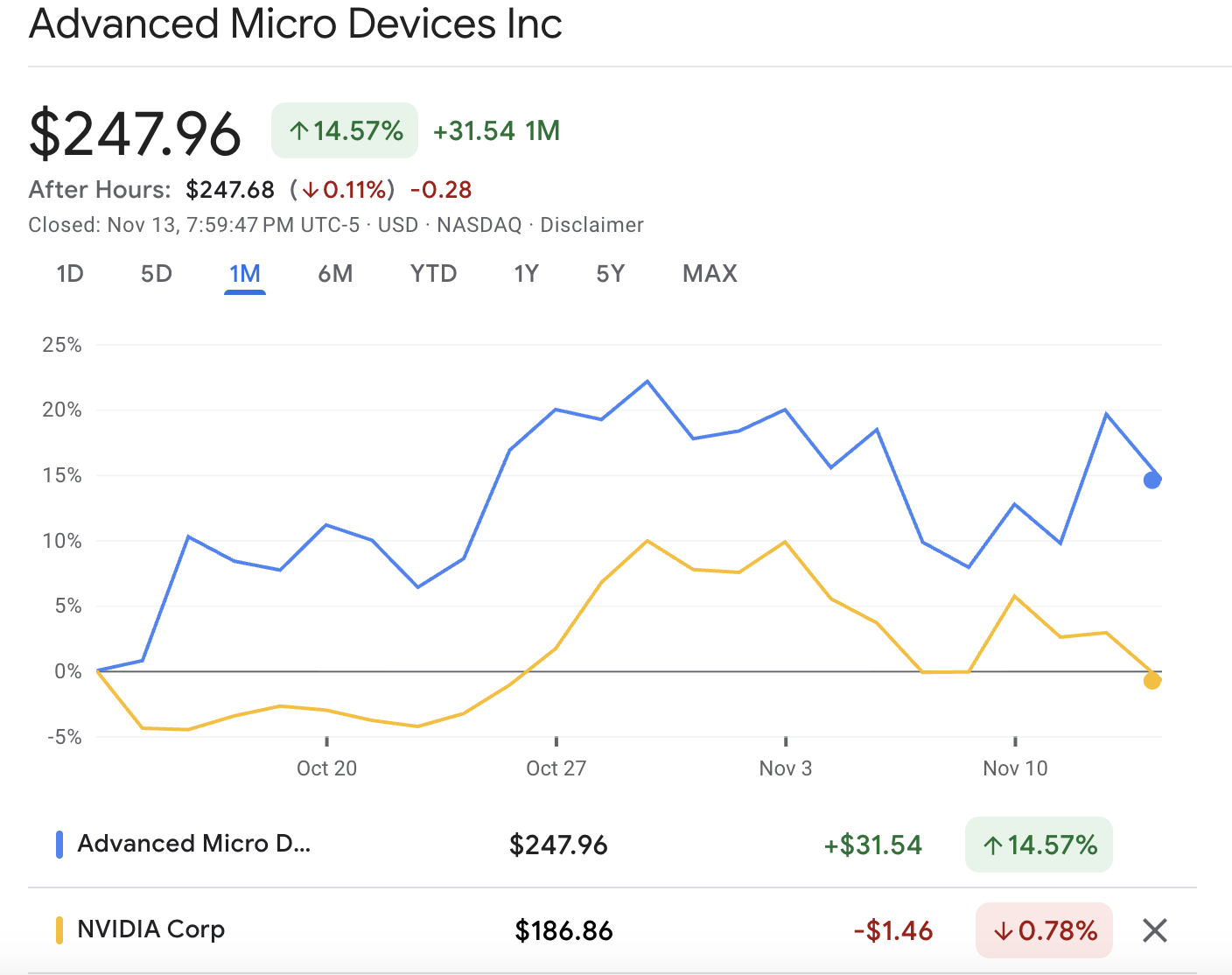
| Company |
Last Price |
Price Change |
Market Cap |
| NVIDIA (NVDA) |
~$186.86 |
–$6.94 (–3.58%) |
~$4.55 trillion |
| AMD (AMD) |
~$247.96 |
–$10.95 (–4.23%) |
~$403.69 billion |
As of November 14, 2025, NVIDIA (NASDAQ: NVDA) trades at around $186.86, continuing to hold a dominant position in the AI‑server GPU market with an estimated 86% share in 2025.
The ecosystem including its proprietary CUDA framework remains a strong barrier to entry.
The rollout of its “Blackwell” architecture and next‑gen compute platforms (e.g., DGX B200 series) reinforce its lead.
Europe is scaling GPU infrastructure fast and NVIDIA is playing a foundational role in that build‑out.
NVIDIA’s data centre revenue is already over $41.1 billion in Q2 FY 2026, up 56% year‑on‑year, and analysts project its AI infrastructure and data‑centre exposure will expand into the hundreds of billions of dollars across the coming years.
AMD Stock Forecast 2025-2030? Market Outlook
| Year |
AMD Price Forecast |
Key Drivers |
| End‑2025 |
$148 – 170 |
MI350 launch, software gains, AI CPU growth |
| 2026 |
$180 – 250 |
MI400 rollout, ZT Systems rollout (rack/stack solutions), edge computing gains |
| 2030 |
$300 – 427 |
Achieving ~10% AI GPU share, data‑center CPU strength, valuation re‑rating |
Bullish Case
Nasdaq projects AMD reaching a $427 stock price by 2030 if it captures even 10% of a $400 billion AI GPU market.
TipRanks also note strong fundamentals such as high record revenues, improving margins, and under-valuation compared to peers.
Cautious Voices
Bank of America highlights Advanced Micro Devices’ ecosystem gap, adoption hurdles in AI GPU beyond China, and PC‑market softness, downgrading AMD to Neutral with a price target of $155 (from ~$180).
HSBC cites margin pressure, licensing/geopolitical risks, and intense competition from Nvidia Corporation, downgrading AMD to Reduce (or Sell) with a target of $110 (from ~$200).
Bottom line: AMD’s trajectory suggests it could become a serious AI/data-center contender by 2028–2030. If it executes flawlessly, captures meaningful AI GPU share, and sustains ecosystem growth, the stock could see multiple expansions and substantial upside.
But the road is competitive, and execution missteps could lead to sharp short-term volatility.
Investment Strategy
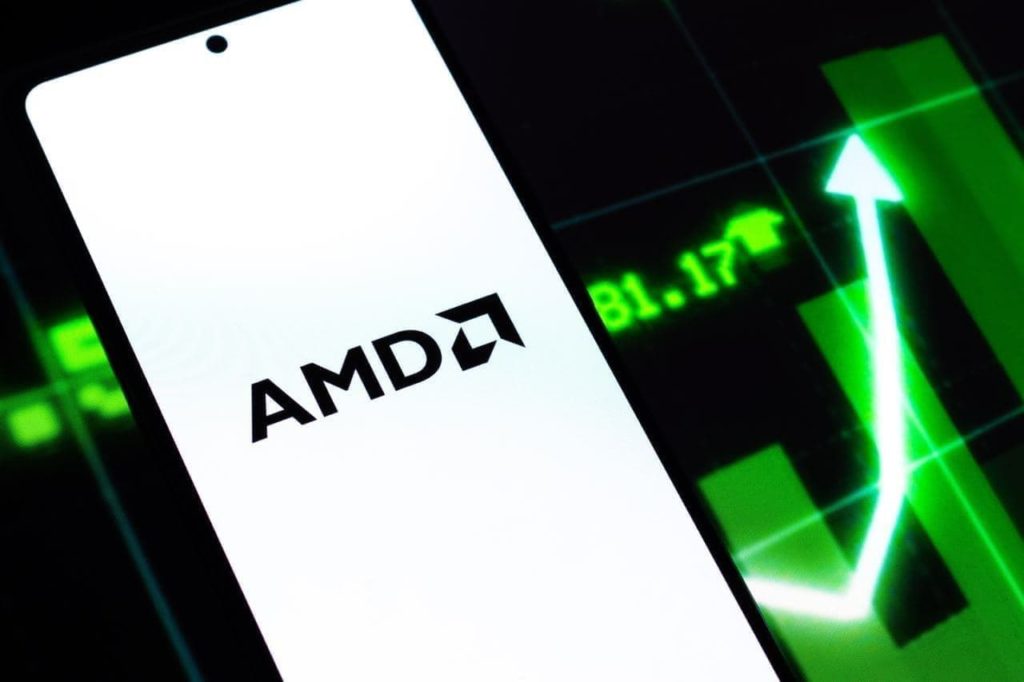
For long-term investors, AMD presents a rare blend of value and growth potential as it is still trading at a relatively modest forward price-to-earnings ratio compared to its sector peers.
That said, AMD is not without volatility. It is very much in the midst of a transition from a CPU-centric company to one that can challenge Nvidia across a broader spectrum of AI workloads.
The stock's trajectory will likely be bumpy, with spikes around product launches, earnings surprises, or macro shifts in semiconductor demand.
For more conservative investors or those wary of high-stakes tech plays, Nvidia might appear the safer choice due to its entrenched lead and immense scale.
But for those with higher risk tolerance and a five-to-seven-year horizon, AMD offers one of the more compelling underdog stories in AI and computing hardware.
A diversified approach holding both AMD and Nvidia could allow investors to capture broad AI growth while hedging against single-company execution risk.
Frequently Asked Questions (FAQ)
1. What are the main growth drivers for AMD through 2030?
Key drivers include the MI350/MI400 AI GPU series, software and ecosystem expansion, data‑centre CPU adoption, and partnerships with major firms like OpenAI, Meta, and Oracle.
2. Should investors buy AMD over NVIDIA right now?
It depends on risk tolerance. AMD offers higher growth potential and valuation upside, especially for a 5–7 year horizon, but is more volatile. NVIDIA provides scale, ecosystem dominance, and lower execution risk, making it a safer option for conservative investors.
3. How much of the AI GPU market could AMD realistically capture by 2030?
Analysts estimate AMD could secure around 10% of the AI GPU market if its MI350/MI400 chips perform as expected and ecosystem adoption grows, which would materially boost revenues and stock price.
Conclusion
In conclusion, AMD is on a robust growth trajectory driven by AI‑accelerated GPUs and data‑center CPUs.
While it remains unlikely to overtake NVIDIA in market cap or ecosystem dominance in the near term, AMD’s ability to capture meaningful AI market share, combined with its current valuation upside, makes it a compelling competitor through 2030.
If execution on MI350/MI400 chips holds, software integration strengthens, and AMD secures even ~10% of the AI GPU market, reaching $300-$427 per share by 2030 is plausible.
Nevertheless, NVIDIA’s lead is formidable: its ecosystem dominance, performance moat, and scale will remain significant headwinds.
Disclaimer: This material is for general information purposes only and is not intended as (and should not be considered to be) financial, investment or other advice on which reliance should be placed. No opinion given in the material constitutes a recommendation by EBC or the author that any particular investment, security, transaction or investment strategy is suitable for any specific person.
